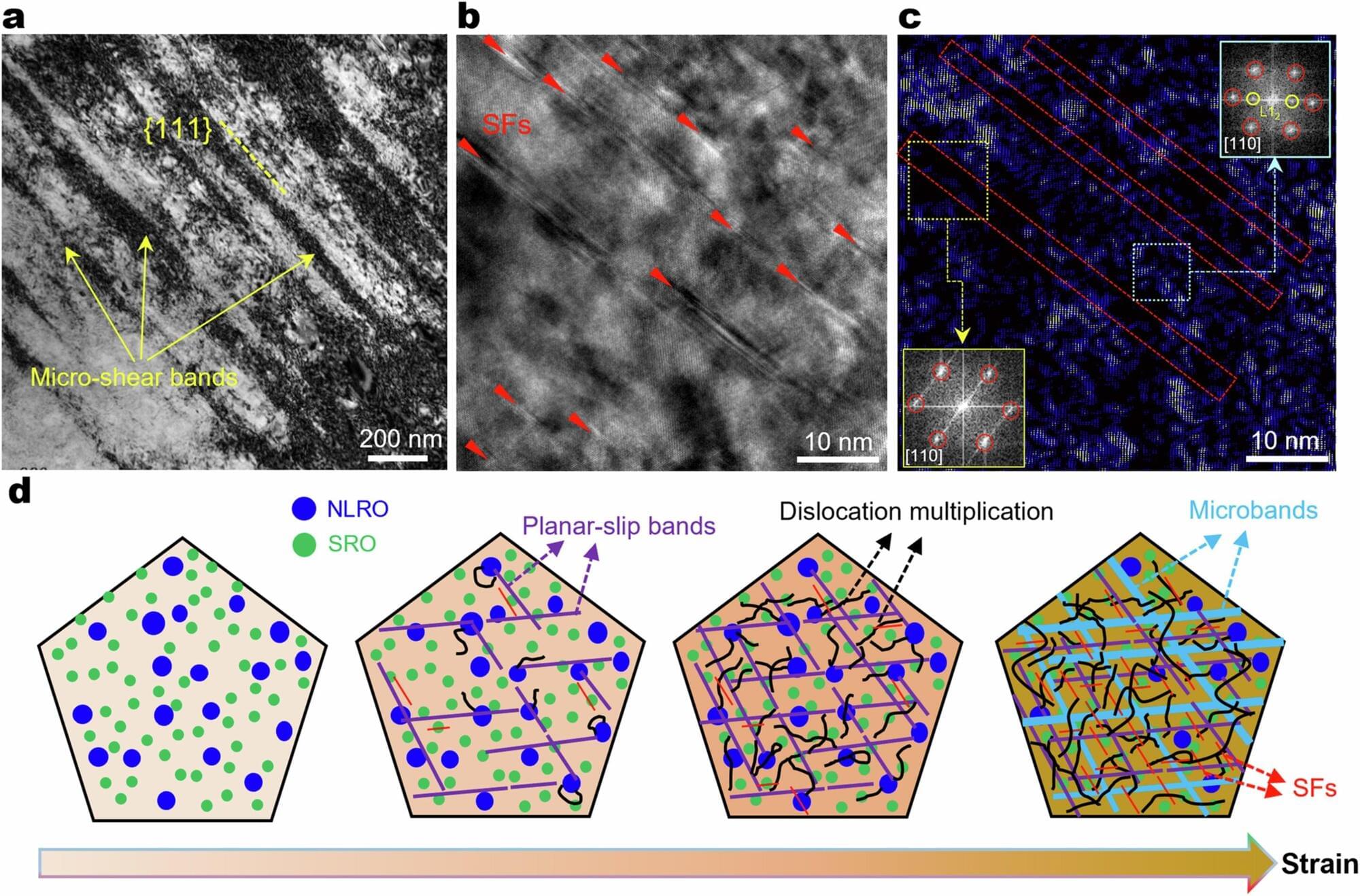Navigating the extreme cold of deep space or handling super-chilled liquid fuels here on Earth requires materials that won’t break. Most metals become brittle and fracture at such low temperatures. However, new research is pioneering an approach to build metal structures atom by atom to create tough and durable alloys that can withstand such harsh environments.
Traditional strengthening approaches are often not good enough for these applications. For example, a common heat treatment technique called precipitation hardening strengthens metals by creating tiny hard particles within their structure. But in extreme temperatures, the materials can lose their ductility (the ability to bend, stretch or be pulled into a new shape without breaking) and fracture suddenly.
A study published in the journal Nature describes a new way to design metal alloys so they stay strong and tough even at super low temperatures. The big idea is to create an alloy with two different types of perfectly arranged atomic structures inside it. These structures are called subnanoscale short-range ordering (SRO), which are tiny islands of organized atoms and nanoscale long-range ordering (NLRO), which are slightly larger.







